If you’re planning a trip to the world’s highest peak, you might be wondering: what is the best hour to visit Mount Everest? Timing plays a crucial role in ensuring you get the best views, the safest conditions, and the most memorable experience. Whether you’re trekking to Everest Base Camp or hoping to catch a breathtaking sunrise over the Himalayas, knowing the ideal time of day can make all the difference.
Factors like weather conditions, visibility, and crowd levels can impact your visit. So, what is the best hour to visit Mount Everest for clear skies and stunning scenery? In this guide, we’ll explore the best times to go, from early morning sunrises to midday clarity, helping you plan the perfect Everest experience.
Table of Contents
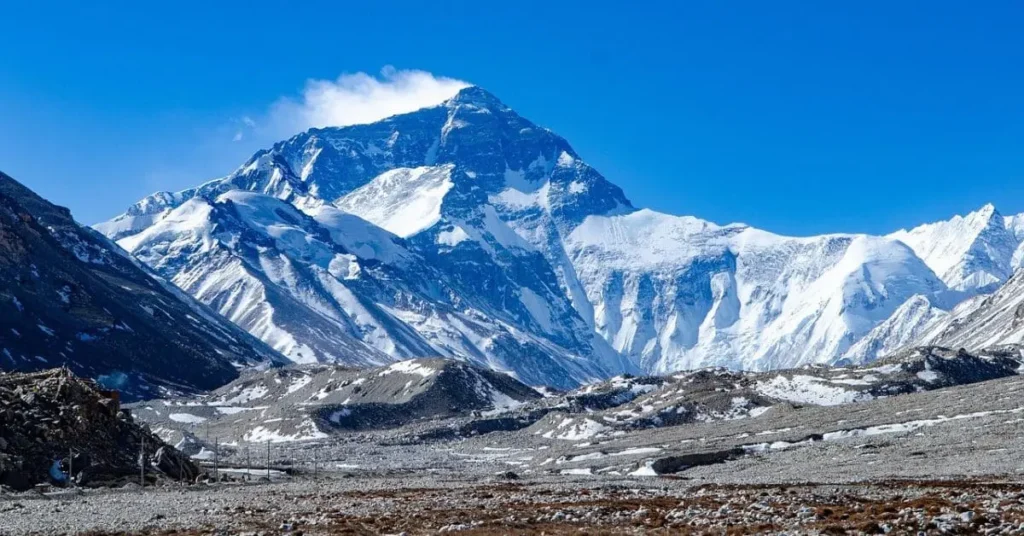
1. Why Timing Matters When Visiting Mount Everest
Mount Everest is a once-in-a-lifetime destination, and choosing the right time of day can make or break your experience. If you’re wondering what is the best hour to visit Mount Everest, several factors come into play, including weather conditions, visibility, and crowd levels. Here’s why timing is crucial for making the most of your visit.
How Weather Impacts Visibility and Safety
Mount Everest’s weather changes rapidly, and timing your visit correctly ensures clear skies and stable conditions. Mornings often provide better visibility, with crisp air and unobstructed views of the Himalayas. By midday, clouds can roll in, making it harder to see the peak clearly. Afternoons may bring strong winds and sudden temperature drops, which can make trekking more challenging.
The Best Seasons for Visiting Mount Everest
Your visit’s timing isn’t just about the hour—it’s also about the season. The best times to visit Everest are:
- Spring (March to May): Offers mild temperatures and clear skies, making it one of the most popular seasons for both trekkers and climbers.
- Autumn (September to November): Known for stable weather and breathtaking visibility, ideal for photography and trekking.
- Winter (December to February): While less crowded, the extreme cold and harsh winds make it challenging for most travelers.
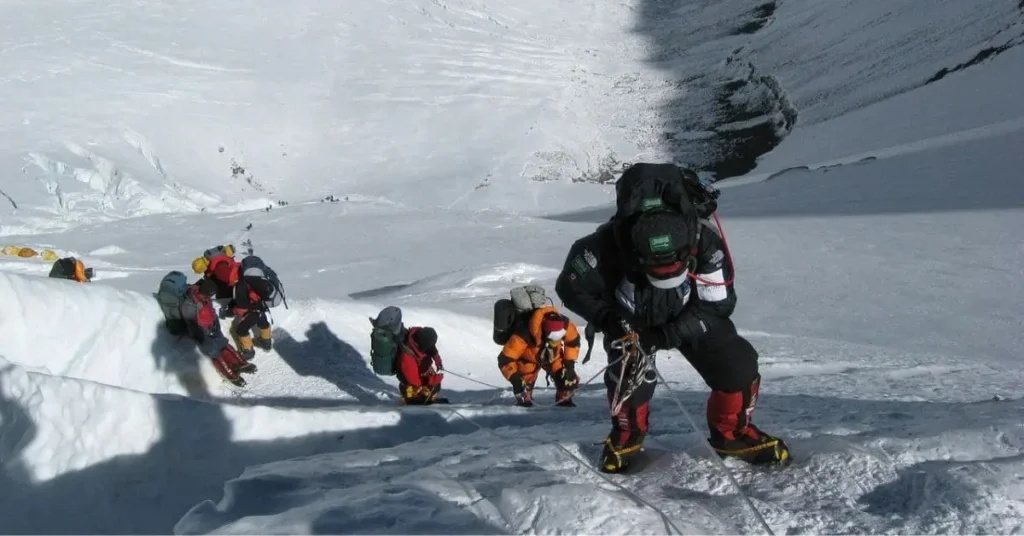
- Monsoon (June to August): Generally not recommended due to heavy rainfall and poor visibility.
The Difference Between Visiting the Summit and Everest Base Camp
If you’re planning to trek to Everest Base Camp, early mornings are ideal to avoid unpredictable afternoon weather. However, if you’re flying over Everest or visiting a viewpoint like Kala Patthar, sunrise or midday will offer the best conditions for photography and sightseeing.
Knowing what is the best hour to visit Mount Everest ensures you experience breathtaking views, safe trekking conditions, and fewer crowds, making your journey truly unforgettable.
2. The Best Hour to Visit Mount Everest for Stunning Views
If you’re wondering what is the best hour to visit Mount Everest, the answer depends on what kind of experience you’re looking for. Whether you want to witness a golden sunrise over the Himalayas, enjoy the clearest views at midday, or capture a dramatic sunset, each time of day offers a unique perspective. Below, we break down the best hours to visit and what you can expect at each.
Sunrise at Everest: The Best Hour for Breathtaking Scenery
One of the most magical moments at Mount Everest is sunrise, typically between 5:30 AM and 6:30 AM, depending on the season. This is when the first rays of sunlight hit the peak, creating a golden glow that makes for stunning photography.
- Best for: Photographers, early risers, and those looking for a peaceful experience.
- Visibility: Often excellent, with clear skies and fewer clouds in the early morning.
- Crowds: Moderate—some trekkers wake up early to see the sunrise, but it’s not as busy as midday.
- Considerations: Morning temperatures can be freezing, so dressing in warm layers is essential.
Midday Conditions: When the Weather Is Clearest but Crowds Peak
If your priority is crystal-clear visibility, midday (10:00 AM – 1:00 PM) is often the best time to visit. By this time, the sun is high, and there’s less haze, offering spectacular views of Everest and the surrounding peaks.
- Best for: Hikers and visitors looking for the clearest panoramic views.
- Visibility: At its best—clouds usually don’t form until later in the afternoon.
- Crowds: High—many trekkers and tour groups arrive at Base Camp or popular viewpoints around this time.
- Considerations: The sun’s intensity at high altitudes can be strong, so wear sunscreen and sunglasses.
Sunset at Everest: A Less Crowded but Riskier Option
For those who prefer a quieter experience, sunset—between 4:30 PM and 6:00 PM—can be another great time to visit. The soft golden light and changing hues over the Himalayas create a dramatic and unforgettable scene.
- Best for: Those who want a peaceful, less crowded experience.
- Visibility: Generally good, but weather conditions can change quickly in the late afternoon.
- Crowds: Fewer than midday, making it ideal for those who prefer solitude.
- Considerations: Temperatures drop rapidly after sunset, and trekking back in the dark can be challenging, so it’s not the best option for all visitors.
What Is the Best Hour to Visit Mount Everest?
- For photography and golden light: Sunrise (5:30 AM – 6:30 AM).
- For the clearest views and best weather: Midday (10:00 AM – 1:00 PM).
- For a quieter, dramatic experience: Sunset (4:30 PM – 6:00 PM).
If you’re visiting Everest Base Camp, starting your trek early in the morning is ideal to avoid unpredictable afternoon weather. However, if you’re taking a scenic flight or visiting a viewpoint like Kala Patthar, midday offers the best clarity for stunning photographs.
Choosing what is the best hour to visit Mount Everest depends on your priorities—whether it’s capturing breathtaking landscapes, enjoying the clearest conditions, or avoiding crowds. Plan wisely to make the most of this once-in-a-lifetime experience!
3. Best Hours for an Everest Base Camp Trek
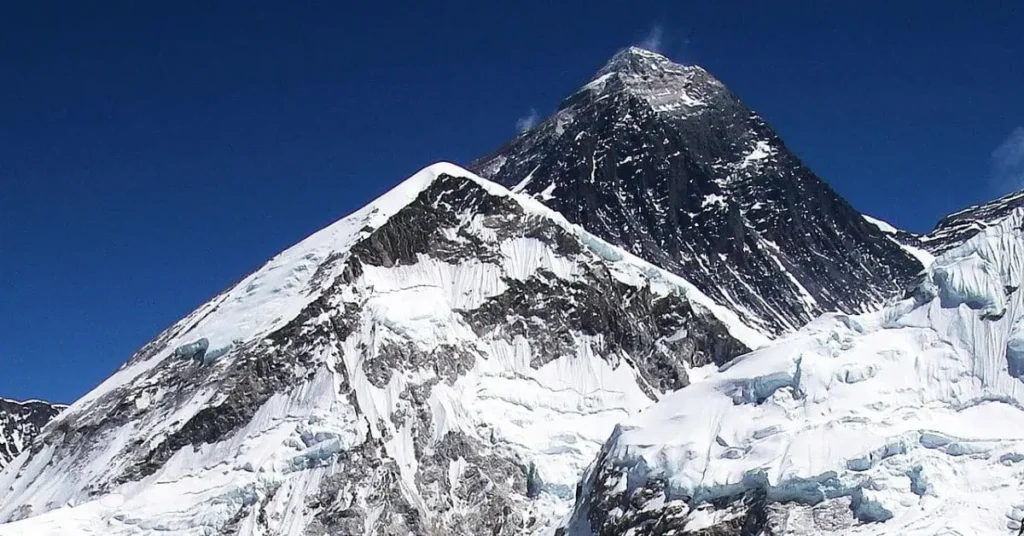
For those trekking to Everest Base Camp (EBC), timing is everything. If you’re wondering what is the best hour to visit Mount Everest while on a trek, the answer depends on factors like weather conditions, visibility, and safety. Since the journey to Base Camp takes multiple days, understanding the best hours to trek each day can enhance your overall experience and ensure a safe and comfortable climb.
Early Morning: The Ideal Start for Trekking
Most experienced trekkers and guides recommend starting the trek early in the morning, typically between 6:00 AM and 8:00 AM.
- Best for: Avoiding unpredictable afternoon weather and strong winds.
- Visibility: Clear skies with fewer clouds blocking the Himalayan peaks.
- Crowds: Moderate, as most trekkers begin their journey around this time.
- Considerations: Temperatures can be extremely cold in the morning, so dressing in layers is important.
Midday Trekking: Balancing Warmth and Visibility
By 10:00 AM to 1:00 PM, the sun is higher, making the temperatures more comfortable for trekking. This period is ideal for reaching scenic viewpoints or taking rest stops.
- Best for: Comfortable trekking conditions with warmer temperatures.
- Visibility: Still good, but clouds may start forming, reducing mountain views.
- Crowds: Peaks during this time, as many trekkers are on the trail.
- Considerations: The sun can be harsh at high altitudes, so sunscreen, sunglasses, and hydration are essential.
Late Afternoon: A Riskier Time for Trekking
After 3:00 PM, trekking becomes more challenging due to changing weather conditions and the approaching sunset. Many trekkers aim to reach their daily destination before this time.
- Best for: Those who need a slower pace or take longer breaks.
- Visibility: Often poor as clouds and fog can cover the peaks.
- Crowds: Fewer trekkers, as most have already stopped for the day.
- Considerations: Temperatures drop quickly, and strong winds make trekking difficult. It’s best to avoid starting a trek too late.
The Best Hour to Reach Everest Base Camp
If you’re asking what is the best hour to visit Mount Everest once you reach Base Camp, the ideal time is mid-morning to early afternoon (10:00 AM – 1:00 PM).
- This ensures:
- The clearest views before afternoon clouds form.
- Safer conditions, as the winds are not as strong.
- More time to explore and take in the stunning scenery.
Tips for Choosing the Best Hours for an Everest Base Camp Trek
- Start early (6:00 AM – 8:00 AM) to avoid harsh afternoon conditions.
- Plan to reach Base Camp between 10:00 AM – 1:00 PM for the best views.
- Avoid late afternoon trekking (after 3:00 PM) to stay safe from rapid weather changes.
Understanding what is the best hour to visit Mount Everest during your Everest Base Camp trek will help you maximize visibility, avoid harsh conditions, and have a smoother trekking experience.
4. Weather and Climate Considerations for Your Everest Visit
When planning your visit to Mount Everest, understanding the region’s weather and climate is crucial. Not only will it help you determine the best time to go, but it also plays a significant role in deciding what is the best hour to visit Mount Everest for the most optimal experience. Everest’s weather is notorious for being extreme and unpredictable, and you must be prepared for rapidly changing conditions at any time of day. Below, we break down how the climate affects your visit and what to expect during different times of the year and the day.
Understanding Everest’s High-altitude Climate
Mount Everest’s climate is heavily influenced by its high altitude, and temperatures can vary dramatically depending on the time of day and the season. In the summer months, the temperatures at Base Camp can range from 10°C (50°F) during the day to -5°C (23°F) at night. However, once you reach the summit, temperatures can plummet to -30°C (-22°F) or colder.
- Daytime temperatures in the lower regions are generally more comfortable, but as you climb higher, temperatures drop rapidly.
- Nighttime temperatures can be extremely cold, even in the spring and fall seasons.
- Wind chill is a major factor that exacerbates the cold, especially in the afternoon and evening when winds are at their peak.
Seasonal Weather Considerations: When to Visit for the Best Conditions
The best time to visit Mount Everest generally falls within two main trekking seasons: spring (March to May) and autumn (September to November). During these months, the weather is typically more stable, and you have the best chance of clear skies and moderate temperatures.
- Spring (March to May):
- Offers mild temperatures with clear skies in the mornings.
- The weather is generally stable, but higher elevations can experience strong winds and colder conditions.
- This season is ideal for trekking and climbing as it’s the most popular time for Everest expeditions.
- Autumn (September to November):
- Similar to spring in terms of temperature and stability, with fewer trekkers than in spring.
- The weather remains relatively dry, making it another excellent time for visiting Everest.
- Mornings and evenings are cold, but midday brings pleasant weather with clear skies.
- Winter (December to February):
- Not recommended for most trekkers due to extreme cold temperatures and harsh weather conditions.
- Days are short, and temperatures at higher altitudes can be life-threatening.
- However, fewer crowds and clear skies are positives for those who are well-prepared and experienced.
- Monsoon Season (June to August):
- The monsoon season is generally the worst time to visit, with heavy rains and low visibility.
- The risk of landslides increases, and trekking is hazardous due to slippery trails and unpredictable weather.
- It’s best to avoid Everest during this time, especially if you’re seeking clear views and a safer trekking environment.
What is the Best Hour to Visit Mount Everest, Weather-wise?
- Morning (5:30 AM – 10:00 AM): The best time to enjoy clear skies and the best visibility is early in the morning. By this time, the weather is generally calmer, and the sun hasn’t reached its full intensity.
- Midday (10:00 AM – 1:00 PM): While midday offers warmer conditions, clouds often roll in, and winds can pick up.
- Afternoon (1:00 PM – 4:00 PM): Temperatures begin to drop again, and strong winds often make the weather less favorable for trekking.
- Evening (After 4:00 PM): The risk of low visibility increases, as clouds may cover the mountain peaks. Temperatures also drop rapidly after sunset, making it challenging to continue trekking.
Preparing for Everest’s Ever-changing Weather
It’s essential to prepare for the unpredictable weather on Mount Everest. Regardless of the season, layers are your best defense. The right clothing is critical for dealing with the wide range of temperatures you’ll encounter, especially if you plan to trek or hike to Everest Base Camp.
- Wear moisture-wicking base layers to stay dry and insulating layers for warmth.
- Windproof and waterproof outer layers are also essential, as the weather can change unexpectedly.
- Sun protection is important at high altitudes, so bring sunscreen, sunglasses, and hats.
Weather and Timing Are Key for Your Everest Visit
When asking what is the best hour to visit Mount Everest, the weather plays a pivotal role in your decision-making. By planning your visit during the right season and choosing the ideal time of day, you can increase your chances of experiencing clear views, comfortable temperatures, and a safe trek. Whether you’re climbing to the summit or simply trekking to Everest Base Camp, knowing how the weather and climate impact your visit will ensure that you have an unforgettable, yet safe, journey on the world’s most iconic mountain.
5. Essential Travel Tips for Visiting Mount Everest
Visiting Mount Everest is a thrilling and transformative experience, but it comes with its own set of challenges. To ensure you make the most of your time on this majestic mountain, it’s essential to be prepared. While planning, one of the key considerations is what is the best hour to visit Mount Everest, as the timing of your visit can significantly impact your experience. From physical preparation to safety tips, here are some essential travel tips to make your trip to Mount Everest as smooth and enjoyable as possible.
1. Get Physically Prepared for the Trek
Trekking to Mount Everest is not for the faint of heart. Whether you’re trekking to Everest Base Camp or tackling the summit, the journey demands physical endurance and mental strength. One of the questions that often arises in trekkers’ minds is what is the best hour to visit Mount Everest to ensure an easier, more enjoyable trek. The answer? Early morning. However, physical preparation before you even get to the mountain is just as important.
- Cardiovascular fitness: Building your stamina with cardio exercises like running or cycling can help prepare your body for the long hikes ahead.
- Leg strength: The trek involves a lot of uphill climbing, so strengthening your legs with exercises like squats, lunges, and step-ups is essential.
- Altitude readiness: Spend time at higher altitudes if possible, as this will allow your body to acclimate and prepare for the altitude-related challenges you’ll face at Everest Base Camp.
3. Pack Smart for High Altitudes
Knowing what is the best hour to visit Mount Everest also involves knowing how to prepare for the unpredictable weather, which can vary throughout the day. Packing smart is crucial to ensure that you stay comfortable, regardless of the time of day you’re on the mountain. Consider packing the following essentials:
- Layered clothing: The temperatures at Everest change drastically throughout the day, with chilly mornings, warmer afternoons, and cold evenings. Dress in layers to stay comfortable during your trek.
- High-quality gear: Invest in sturdy boots, a reliable backpack, and waterproof outer layers to protect yourself from the elements.
- Sun protection: Even though Mount Everest is known for its cold conditions, the sun can still be strong. Don’t forget sunscreen, sunglasses, and a wide-brimmed hat.
4. Understand the Weather and Time of Day
The time of day you visit Mount Everest can drastically impact your experience, and understanding what is the best hour to visit Mount Everest is a key factor in ensuring a smooth journey. Generally, mornings are the best time for trekking because the weather is calmer, and the views are crystal clear before clouds start to form.
- Early mornings (5:30 AM – 10:00 AM): For the best visibility and to avoid afternoon storms, starting early in the morning is ideal. You’ll experience clear skies and milder temperatures, making it easier to complete your hike.
- Midday (10:00 AM – 1:00 PM): While the temperature is warmer, clouds tend to roll in, and visibility may not be as good. However, this period offers a good opportunity for a break before continuing your hike.
- Afternoons (1:00 PM – 4:00 PM): Temperatures drop, and winds pick up, making the afternoon less favorable for hiking. As the day winds down, the risk of low visibility and chilly temperatures increases, making early mornings the best time to explore the Everest region.
5. Be Ready for Altitude Sickness
Whether you’re trekking to Everest Base Camp or just enjoying a scenic view of the mountain, altitude sickness is a real concern. Since Mount Everest sits at over 8,000 meters (26,247 feet) at the summit, acclimatization is key to a safe visit. When thinking about what is the best hour to visit Mount Everest, keep in mind that altitude sickness can strike any time of day, but it’s most common after long stretches of exertion in the afternoon.
- Climb gradually to allow your body to adjust to the altitude. The general rule of thumb is to not ascend more than 300 meters (984 feet) per day once you’re above 3,000 meters (9,843 feet).
- Drink plenty of water and eat high-energy foods to keep your energy up while adjusting to the altitude.
- If you experience symptoms like headache, nausea, or dizziness, descend immediately and seek medical attention.
6. Respect the Local Culture
When traveling to Mount Everest, you’ll pass through local villages like Namche Bazaar and Lukla, where you’ll interact with the Sherpa people, who have a deep cultural connection to the mountain. Understanding the local customs and respecting the Sherpa community is important, regardless of the time of day. Always ask permission before taking photographs, and be aware of the cultural significance of certain locations and rituals in the region.
Plan Smart and Safely for the Ultimate Everest Experience
Planning your visit to Mount Everest is a blend of physical preparation, understanding the climate, and knowing the best hours to visit to make the most of your adventure. Early mornings, when the skies are clear and the weather is more stable, are the ideal time for trekking. By following these essential travel tips, you can ensure that you’re ready for the high-altitude challenges and that your visit to this iconic destination will be as memorable and safe as possible.
Conclusion: What Is the Best Hour to Visit Mount Everest?
When it comes to Mount Everest, timing is everything. The best hour to visit is early in the morning, typically between 5:30 AM and 10:00 AM, when the weather is calmer, and the views are at their most breathtaking. Not only does this time offer clearer skies and milder temperatures, but it also helps you avoid the afternoon crowds and unpredictable weather conditions that can arise later in the day.
Understanding what is the best hour to visit Mount Everest allows you to optimize your experience, ensuring that you have the best visibility and the most comfortable conditions for trekking. Whether you’re aiming for the summit or just taking in the spectacular sights of Everest Base Camp, choosing the right time of day will make all the difference. By being prepared, respecting the local environment, and planning your visit around the most favorable hours, you can truly experience the ultimate Everest adventure.
FAQs about What Is the Best Hour to Visit Mount Everest?
1. What is the best hour to visit Mount Everest for the best views?
The best hour to visit Mount Everest for stunning views is early in the morning, between 5:30 AM and 10:00 AM. During this time, the weather is calmer, and the skies are clearer, offering the most breathtaking views of the surrounding peaks. This also helps you avoid the afternoon clouds and increasing winds, ensuring the ultimate experience.
2. Why does the best hour to visit Mount Everest matter?
Knowing what is the best hour to visit Mount Everest is important because it directly affects your comfort, visibility, and safety. Early mornings typically provide clearer skies, less wind, and cooler temperatures, making it easier to trek and enjoy the stunning landscape. The afternoon can bring more challenging weather conditions, so timing your visit is essential for an optimal experience.
3. Can I visit Mount Everest at any time of the day?
While you technically can visit Mount Everest at any time of the day, what is the best hour to visit Mount Everest is crucial to make the most of your trip. The early morning hours offer the most favorable conditions for trekking, such as clearer views and milder temperatures, while the later hours can lead to cloud cover, strong winds, and colder temperatures. Planning your visit early in the day ensures a more comfortable and memorable experience.

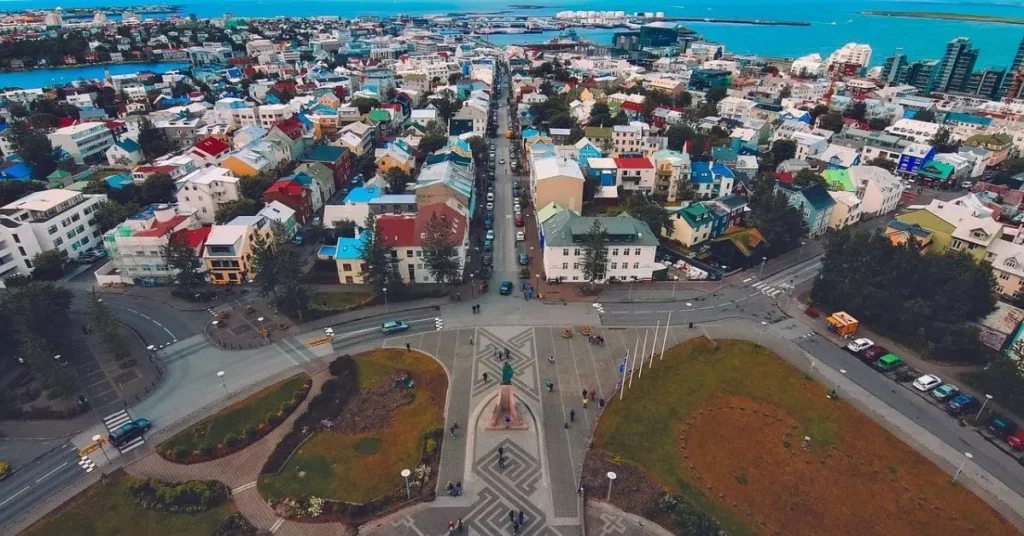
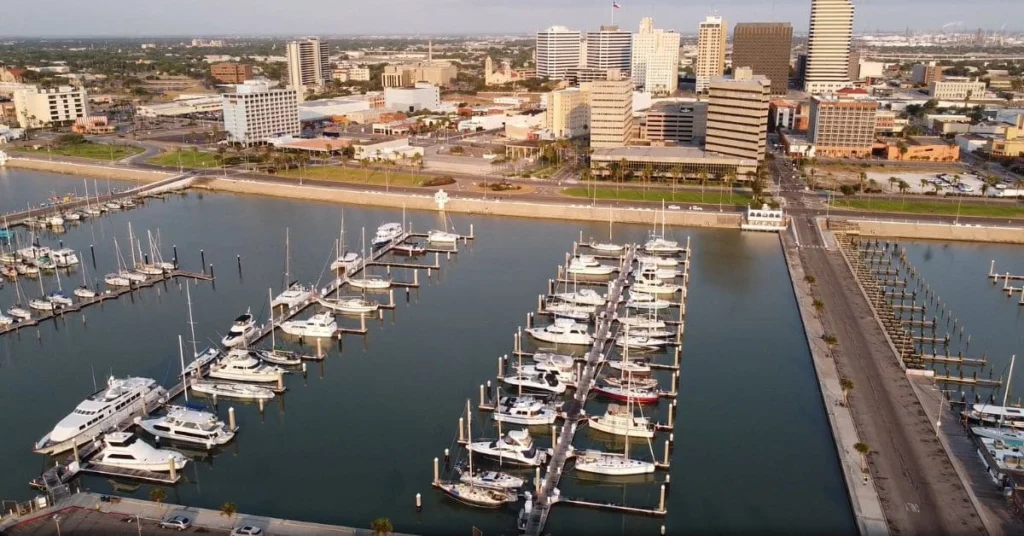
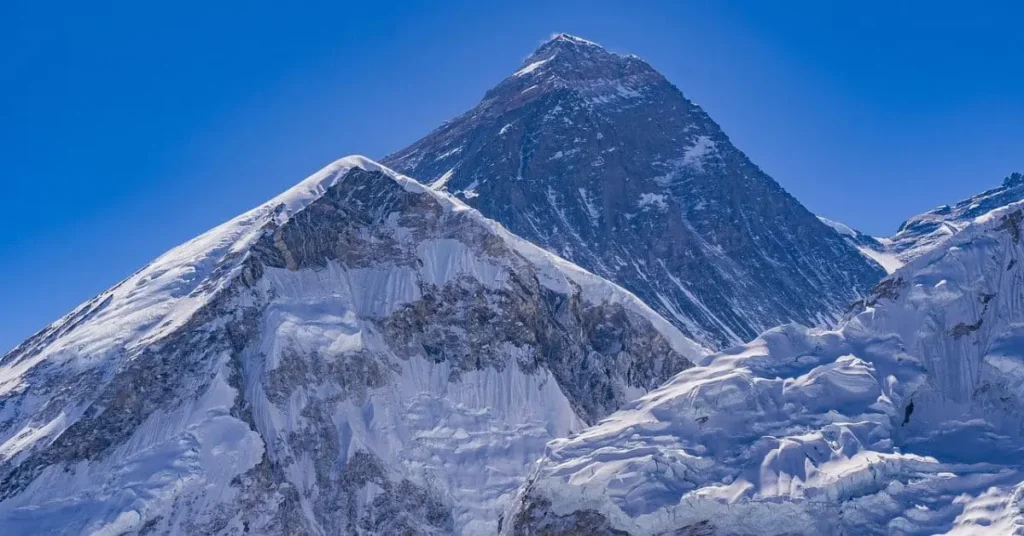
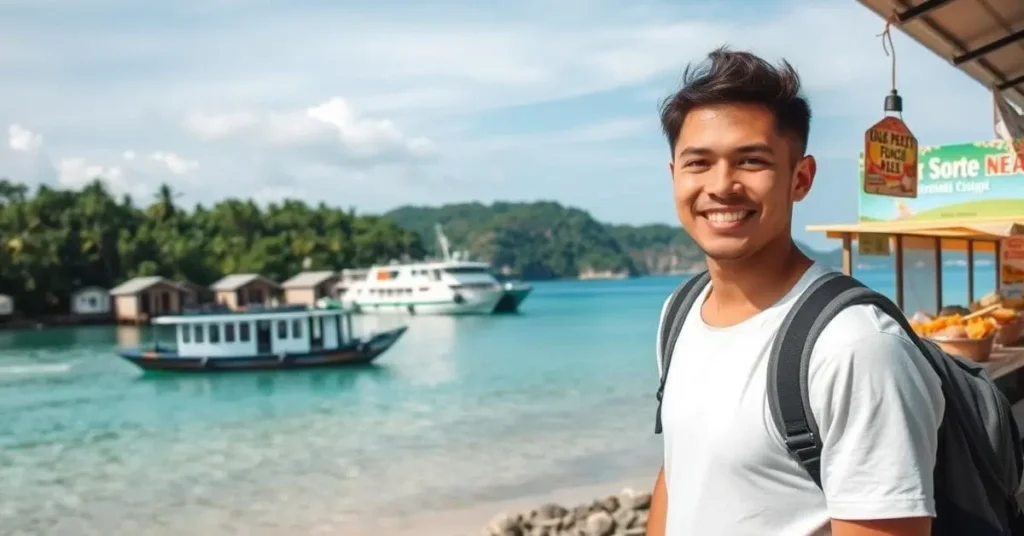
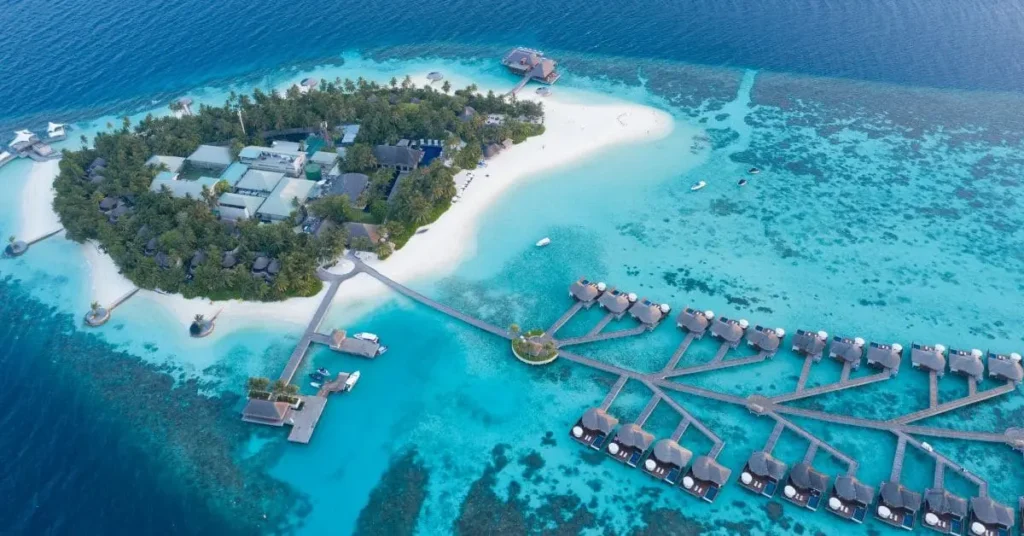
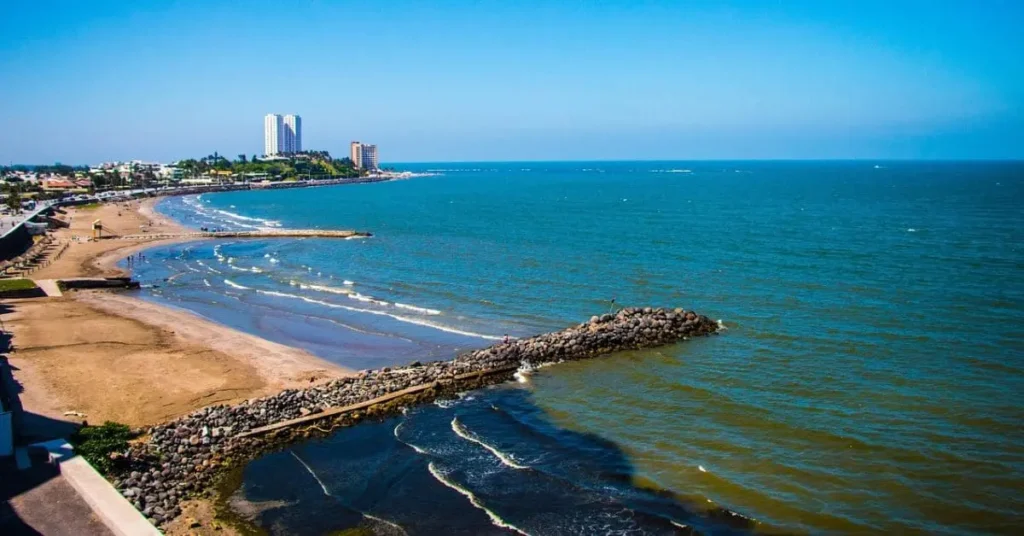
Pingback: Two Reasons to Visit Mount Everest You Can’t Ignore